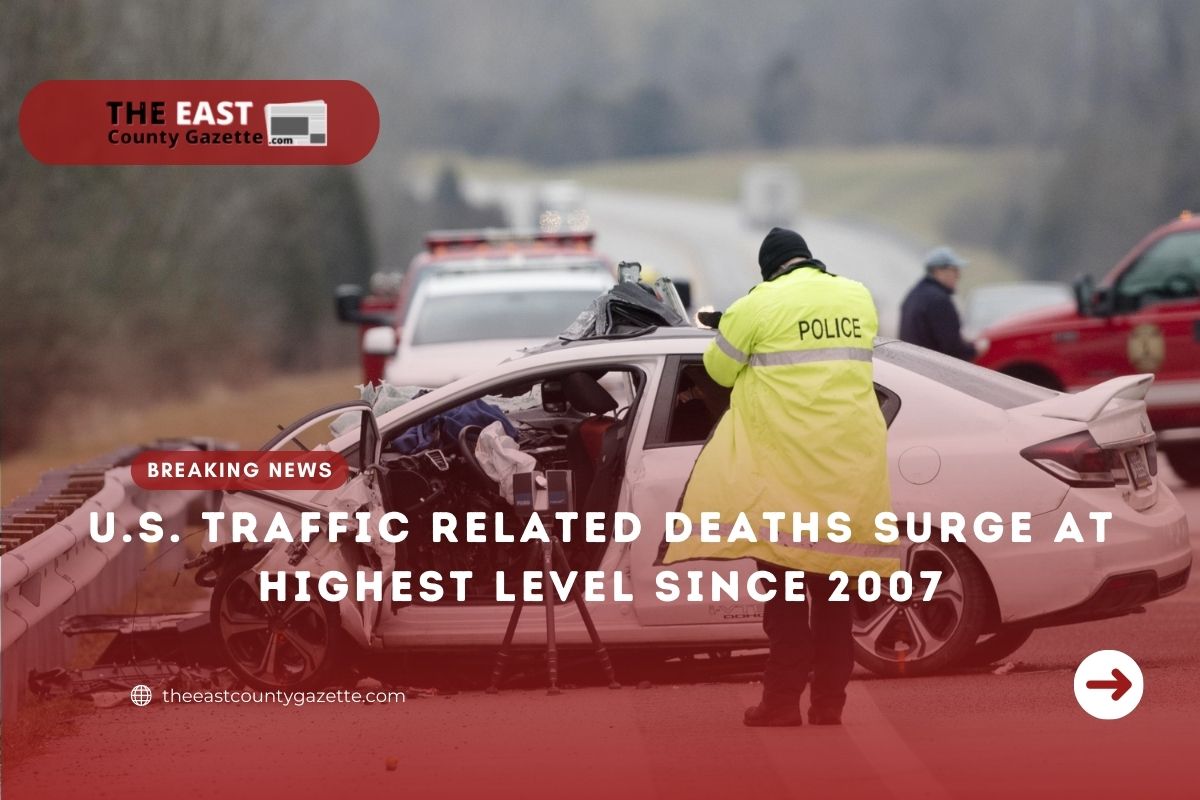Despite fewer motorists on the roads in the early days of the COVID-19 pandemic, the number of fatalities on U.S. roads in 2020 reached 39,000, a record high, according to United States National Highway Traffic Safety Administration (NHTSA) reports.
According to Health Day, the safety administration’s annual report shows that fatal collisions increased nearly 7% from 2019 to 2020.
“The tragic loss of life of people represented by these numbers confirms that we have a deadly crisis on our nation’s roads,” said NHTSA deputy administrator Steven Cliff.
“While overall traffic crashes and people injured were down in 2020, fatal crashes and fatalities increased,” Cliff said in an agency news release. “We cannot allow this to become the status quo.”
A fatality rate of 1.34 per 100 million vehicle miles traveled was recorded in 2020, a 21% increase from 2019.
According to the data, even though total vehicle miles traveled fell by 11% between 2019 and 2020, road deaths still rose.
Many of these tragedies were caused by reckless behaviors: in 45% of fatal crashes, the driver was either speeding, drunk, or not wearing a seat belt.
The following are other major findings from the 2019-2020 data:
- Deaths involving drunk driving jumped 14%.
- Deaths of people in passenger cars increased 9%, and deaths of unrestrained people in passenger vehicles rose 14%.
- Motorcyclist deaths rose 11%, reaching the highest number since data was first collected in 1975.
- Bicyclist deaths increased more than 9%, hitting the highest number since 1987.
- Fatalities in cities rose almost 9%, and pedestrian deaths approached 4%, the highest number since 1989.
- Deaths in hit-and-run crashes jumped 26%
- Deaths in large-truck crashes declined 1.3%.
- Police-reported crashes declined 22%.
- Number of people injured fell 17%.
“This sudden uptick of lives lost in preventable crashes is caused by a combination of factors,” Senior Director at Governors Highway Safety Association, Pam Shadel Fischer, said.
“The safety of all road users must be the top priority when it comes to roadway design. We continue to face an ongoing safety crisis threatening people walking, biking, scooting and rolling. Drivers are still engaging in risky behaviors that put all road users at risk,” Shadel Fischer said in an association statement.
“The U.S. Department of Transportation has established a national framework for action in its new National Roadway Safety Strategy based on the Safe System approach. However, more action is clearly needed on the federal, state and local levels,” Shadel Fischer said.
DOT’s strategy aims to make roads safer, people safer, vehicles and speeds safer, and post-crash care better.
“The rising fatalities on our roadways are a national crisis; we cannot and must not accept these deaths as inevitable,” U.S. Transportation Secretary Pete Buttigieg stated in the NHTSA news release.
“People should leave the house and know they’re going to get to their destination safely,” Buttigieg added.

